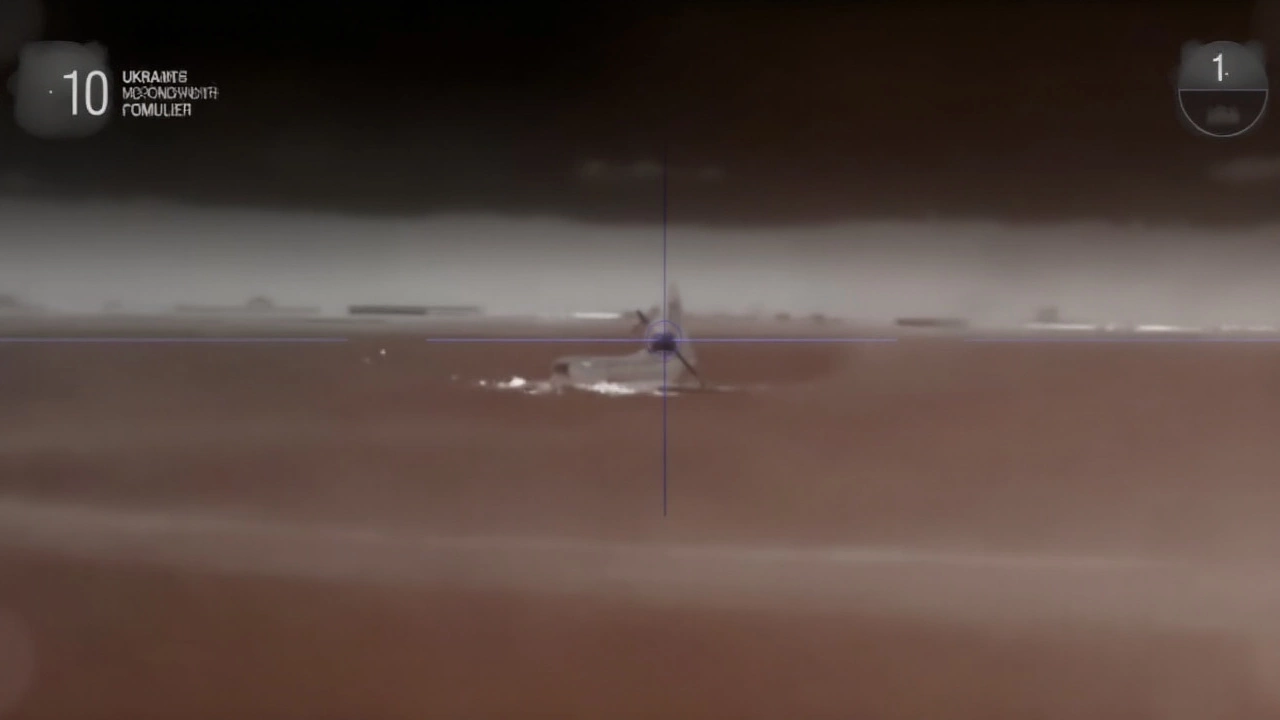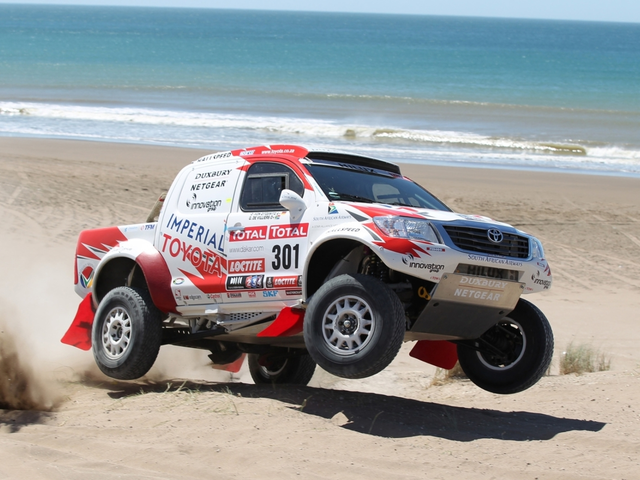
The historic strike that rattled Crimea
On September 21, 2025, a squad of Ukraine’s Main Intelligence Directorate, known locally as the "Prymary" or "Ghosts," pulled off a strike that none of us thought possible. Using cheap, off‑the‑shelf kamikaze drones, they hit an airfield in Russian‑occupied Crimea and blew up two Be‑12 "Chaika" amphibious aircraft and a Mi‑8 helicopter. The footage released by Kyiv shows the drones’ eye‑view right before impact, with one of the planes clearly marked with Bort number 08.
The airfield is believed to be the Kacha base near Sevastopol, a spot that has seen multiple Ukrainian raids over the past months. What makes this particular attack stand out is the target itself – the Be‑12, a twin‑turboprop seaplane that first flew in 1960 and has been a rarity in any modern air force. Until this day, no combat loss of a Be‑12 had ever been confirmed.
Ukraine’s special forces didn’t just stop at the seaplanes; the same drone assault took down a Russian Mi‑8 transport helicopter that was parked nearby. The operation fits a pattern we’ve been watching: Ukrainian intelligence units repeatedly striking high‑value assets in occupied Crimea, from radar stations worth $100 million to multiple Mi‑8s, using fast, low‑cost drones that can be launched from inside Ukraine’s own borders.
Implications for Russian naval aviation
Why does the loss of two Be‑12s matter? For one, Russia’s fleet of these aircraft is incredibly small – estimates put the total at under ten operational machines across the entire country. Losing two at once could shave the fleet in half, dramatically reducing Russia’s ability to patrol the Black Sea for submarines and to hunt Ukrainian drone boats that have been buzzing the waterway.
The Be‑12 isn’t just a plane; it’s a platform packed with expensive sonar, radar, and weapons systems designed for anti‑submarine warfare (ASW). Its twin turboprops let it cruise at about 330 mph and climb to 10,000 feet, giving it enough range to cover large sea areas without needing a runway. In the current war, Russia has used these seaplanes to chase down Ukrainian unmanned surface vessels that try to disrupt shipping lanes and even to drop depth charges on suspected submersibles.
With half the fleet potentially out of action, Russia will have to lean on older, less capable assets or scramble other aircraft to fill the gap. That could push the Russian navy to rely more on land‑based maritime patrol planes, which lack the flexibility of a true amphibious platform that can land on water and take off again in a pinch.
Below are a few key specs that illustrate why the Be‑12 has been such a valued tool for Moscow’s naval pilots:
- First flight: 1960 – a design that’s survived three generations of warfare.
- Powerplant: Two turboprop engines delivering roughly 4,000 hp total.
- Maximum speed: 530 km/h (≈330 mph).
- Operational ceiling: 3,000 m (≈10,000 feet).
- Primary role: Anti‑submarine warfare and maritime patrol.
In short, the Be‑12 is a niche but powerful piece of hardware, and taking two of them out in a single night sends a clear message about Ukraine’s growing proficiency with drone warfare. The success also highlights how Ukrainian intelligence has evolved from a passive information‑gathering body into a proactive strike force that can hit targets deep in enemy‑held territory without putting pilots in danger.
Analysts are already speculating on the next steps. Some think Kyiv might target the remaining Be‑12s with similar drone swarms, while others expect Russia to double down on air‑defense measures around Crimea’s airfields. One thing is certain: the battlefield in the Black Sea region is changing fast, and cheap, disposable drones are now a core part of that shift.
More Articles

Pete Hegseth's Skateboard Slip Goes Viral Again After Years
Pete Hegseth's 2022 skateboard mishap resurfaced on Threads and Dailymotion, turning a moment of pain into a fresh viral sensation and sparking safety talk for live TV.

Cherubs Escort Cannes: What Really Happens Behind the Scenes at the Film Festival
Cherubs escort Cannes isn't just a myth-it's a hidden world of discretion, power, and quiet survival behind the red carpet. This is what really happens when the cameras stop rolling.

What would an auto race with no vehicle restrictions look like?
Imagine the chaos, the thrill, the absolute bonkers beauty of an auto race with no vehicle restrictions! It'd be like a wild, automotive jamboree, where a sleek Ferrari could face-off against a rocket-powered go-kart or even a monster truck with jet engines strapped on. The variety would be a sight to behold, with Mad Max-like contraptions zipping around next to eco-friendly solar cars. The unpredictability would be as high as my caffeine levels on Monday mornings. Quite frankly, it'd be the most thrilling, utterly unpredictable, and fantastically fun spectacle this side of a clown convention!
